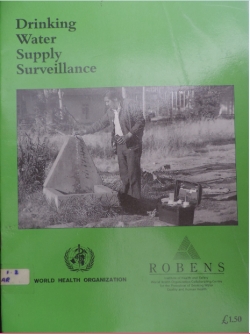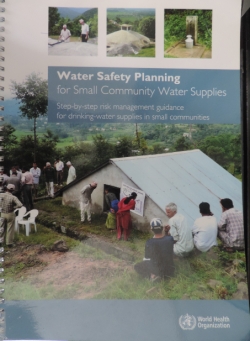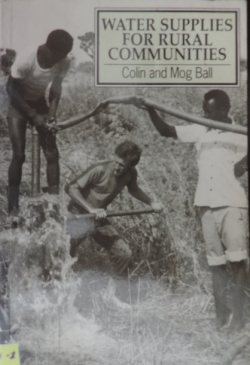Guidelines for Drinking Water, Drinking Water Surveillance and Control of Community Water Supply

Buy online ($)
Type
Book
Authors
ISBN 10
9241545038
ISBN 13
9789241545037
Category
Water quality and treatment:General
[ Browse Items ]
Publication Year
1997
Publisher
Pages
260
Description
A comprehensive guide to all practical procedures and technical measures required to ensure the safety of drinking-water supplies in small communities and periurban areas of developing countries. Now in its second edition, the book has been vastly expanded in line with broadened appreciation for the many factors that influence water quality and determine its impact on health. Revisions and additions also reflect considerable new knowledge about the specific technical and social interventions that have the greatest chance of success in situations where resources are scarce and logistic problems are formidable. Since quality controls may be especially difficult to implement in small communities, the book concentrates on the most essential requirements, emphasizing the crucial need to ensure microbiological safety. Details range from advice on how to design simple pictorial reporting forms for sanitary inspections, to guidance on setting priorities for remedial action, from a comparison of different methods for the analysis of coliform bacteria, to drawings of measures for protecting water sources. Throughout numerous checklists, charts, diagrams, and model forms are used to enhance the volume's practical value. The book has eight chapters, organized to reflect the key stages in the development of surveillance. Chapter one explains how the basic principles of surveillance and control apply to small-community supplies and alerts readers to several unique problems that need to be overcome. Planning and implementation are discussed in the second chapter, which gives particular attention to the distinct yet complementary responsibilities of the water supply agency and the public health protection agency. Subsequent chapters offer advice on the nature, scope and timing of sanitary inspections, describe the most appropriate methods for sampling water and assessing its hygienic quality, and explain how the resulting data can be used to improve the quality, coverage, quantity, cost, and continuity of the water supply. The most extensive chapter describes and illustrates numerous technical interventions for preventing or correcting hazards associated with water from different sources, procedures for water treatment, and methods used to treat and store water in households. Additional strategies for improvement are covered in the remaining chapters, which outline methods of hygiene education in communities and discuss the important role of legislation and regulation. Further practical guidance is provided in a series of annexes, which give examples of sanitary inspection and hazard scoring forms for 11 different types of water supply, list responsibilities for different categories of surveillance staff, and provide illustrated step-by-step instructions for several sampling methods and analytical tests for use in laboratories and the field. - from Amzon
Number of Copies
1
| Library | Accession No | Call No | Copy No | Edition | Location | Availability |
|---|---|---|---|---|---|---|
| Main | 657 | 1 | Yes |



